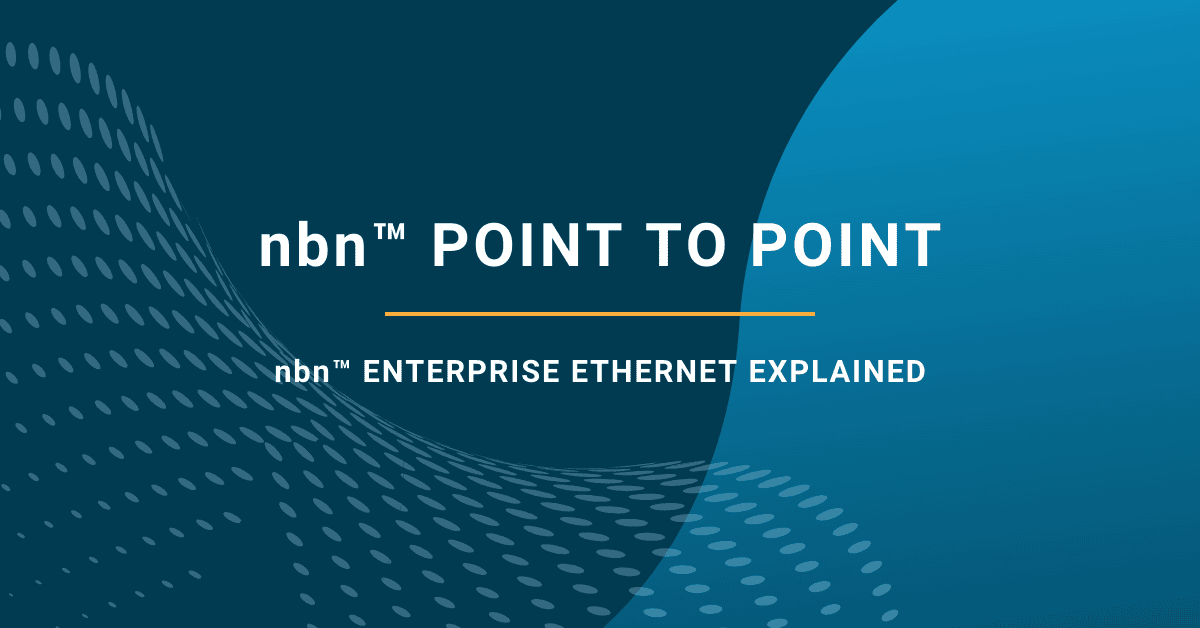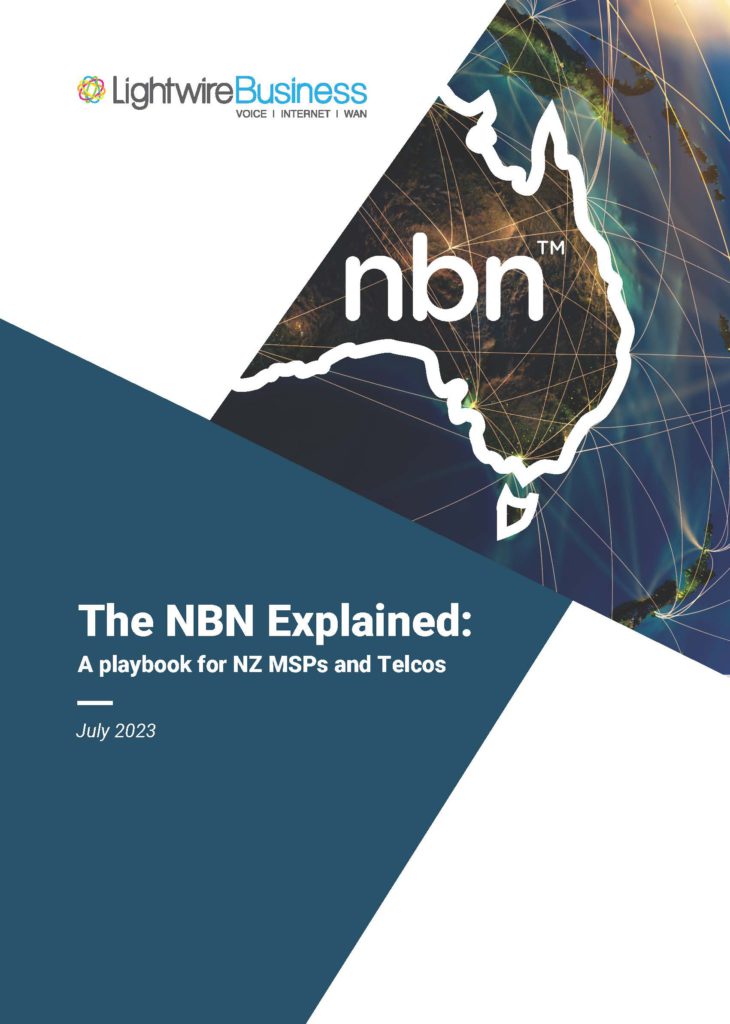In the previous post, we have been talking about the TC4 access types, which is the predominant residential and SME deployment type. For readers used to the NZ market, this is close to the UFB Bitstream 2 service in design but can be much slower in terms of speed due to the copper elements (Non-FTTP) in use.
There is also nbn™ Enterprise Ethernet, or nbn™ EE for short, which is a point-to-point (P2P) design with symmetrical speeds that scale up to 10 Gbps and varying levels of class of service (CoS).
Readers who work in the NZ market can think of nbn™ EE as similar to Bitstream 4 or the outgoing HSNS Premium in its design and target market.
The key features of Enterprise Ethernet include:
- Symmetrical speeds: With Enterprise Ethernet, businesses can access symmetrical speeds up to 10Gbps.
- High performance: Enterprise Ethernet is designed to deliver high-performance connectivity with lower latency, jitter, and packet loss, which is crucial for applications like VoIP, video conferencing, and cloud-based services.
- Service Level Agreement (SLA): nbn™ Co provides an SLA with Enterprise Ethernet, which guarantees a certain level of service, including faster fault resolution times.
NBN classes of service
nbn™ Co offers two Classes of Service (CoS) for its Enterprise Ethernet product: High CoS and Low CoS.
High CoS:
High CoS is designed for applications that require high performance and low latency, such as video conferencing or Voice over IP (VoIP). Traffic assigned to the High CoS is given priority over traffic in the Low CoS, meaning it should maintain its performance level even during times of network congestion.
Low CoS:
Low CoS is designed for less sensitive applications, such as general web browsing or email. Traffic in the Low CoS is treated as lower priority compared to High CoS traffic. This means that in times of network congestion, Low CoS traffic may experience slower speeds or higher latency.
By offering these two Classes of Service, nbn™ Co allows businesses to prioritise their network traffic according to their specific needs, ensuring that critical applications get the resources they need to perform optimally.
Connectivity Virtual Circuits
Connectivity Virtual Circuit (CVC) is a crucial component of the nbn™’s pricing model. CVC represents the shared data capacity that Internet Service Providers (ISPs) purchase from nbn™ Co to service their customer base. In simpler terms, it’s the bandwidth “pipe” that ISPs buy, which their customers share.
CVC plays such an important role in nbn™’s wholesale delivery because it directly influences the internet speeds that end-users (customers of the ISPs) can achieve, especially during peak usage times. If an ISP doesn’t purchase enough CVC to cover its customers’ usage, the users may experience slower speeds due to network congestion.
CVC has been criticised throughout the industry, and its lack of popularity stems from…
- Cost: ISPs have to pay for both the access charge (AVC - the connection of individual users to the nbn™) and the CVC. It is often argued that the cost of CVC is too high, resulting in higher prices for consumers or reduced profit margins for the ISPs if they choose to absorb the cost.
- Network Congestion: If an ISP doesn't purchase enough CVC, users may experience slower speeds during peak times. This creates a balancing act for ISPs – buy more CVC (and increase the costs) or keep CVC at the same level (at the detriment of user experience)
- Complexity: The CVC model is complex compared to flat-rate wholesale pricing models. This complexity is another source of frustration for ISPs.
Phil Britt, the CEO of Aussie Broadband, has been quite vocal about the CVC issue. In 2020, he said:

Michael Malone, founder of iiNet and a director at nbn™ Co, suggested the same in 2020, stating that:
nbn™.Co has made periodic adjustments to its pricing model, including temporary CVC discounts and new bundled pricing options, in response to these concerns. In May 2023, nbn™.co announced it would start to remove CVC charges from its top plans from 2024 in an attempt to drive sales of its higher access cost services. The mixed approach to CVC application will likely continue to confuse ISPs pricing models and drive dissatisfaction with NBN.co within the industry.
CVC can seem like a strange concept to NZ MSPs/telcos as it does not exist in that market. NZ ISPs just need to purchase a handover and circuits, and that is where Australian ISPs would like to get to as well.
Conversely, NZ’s largest UFB carrier, Chorus, provides tail extension services (TES) that allow ISPs to route circuits from all over the country back to a small number of handovers. nbn™ does not currently offer this service, leaving 3rd party aggregators to fill the gap.
Everything NBN Explained
The team is finishing up the upcoming playbook that gives you the detail needed to sell Australian nbn™ internet services effectively. From high-level market intel to service-specific details, it’s all covered.

